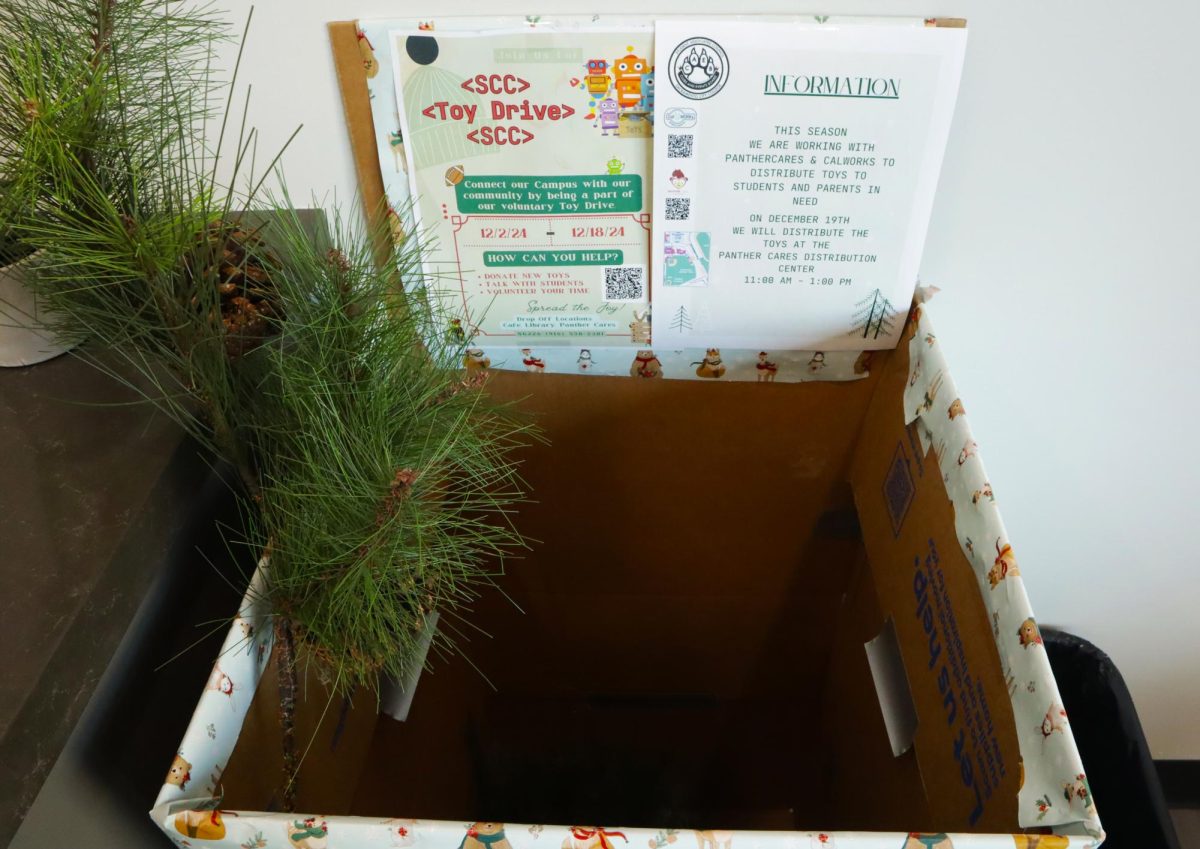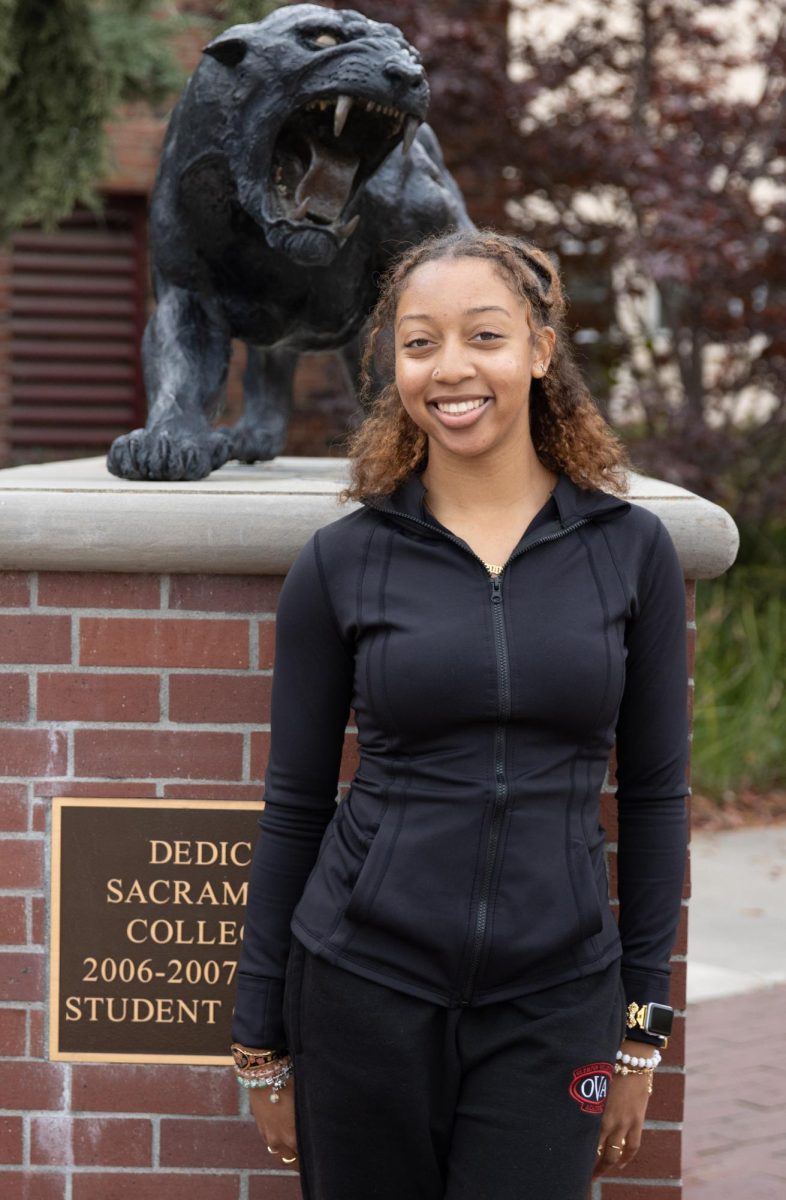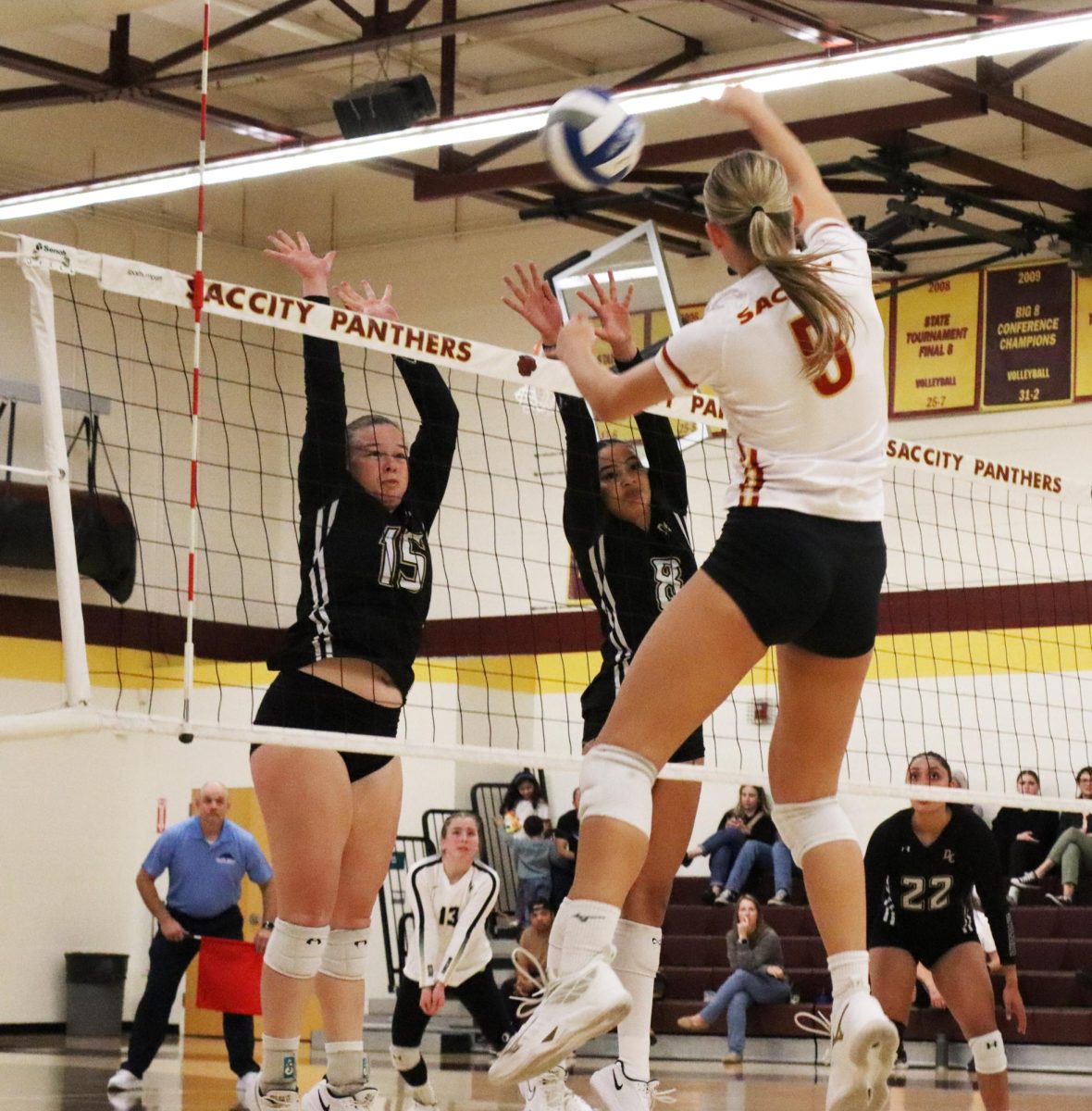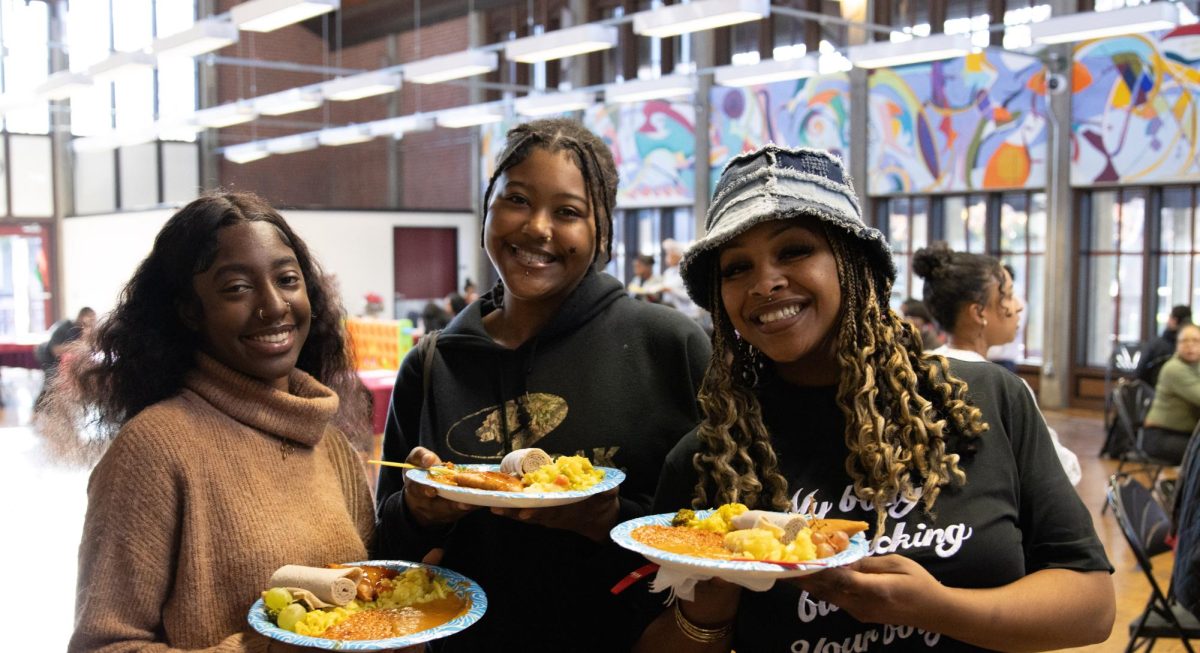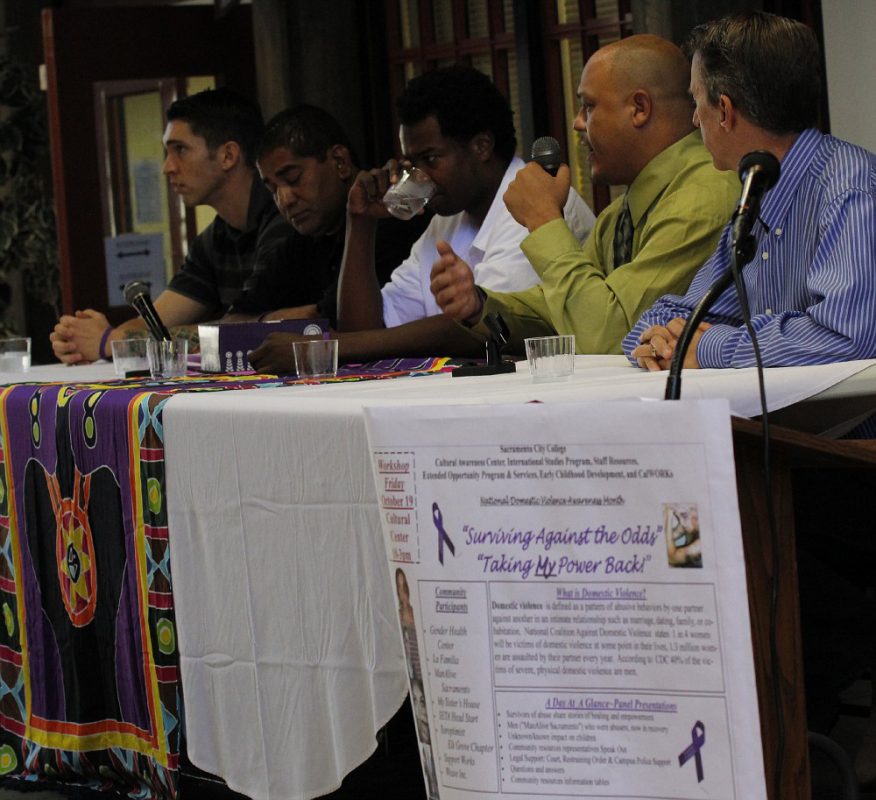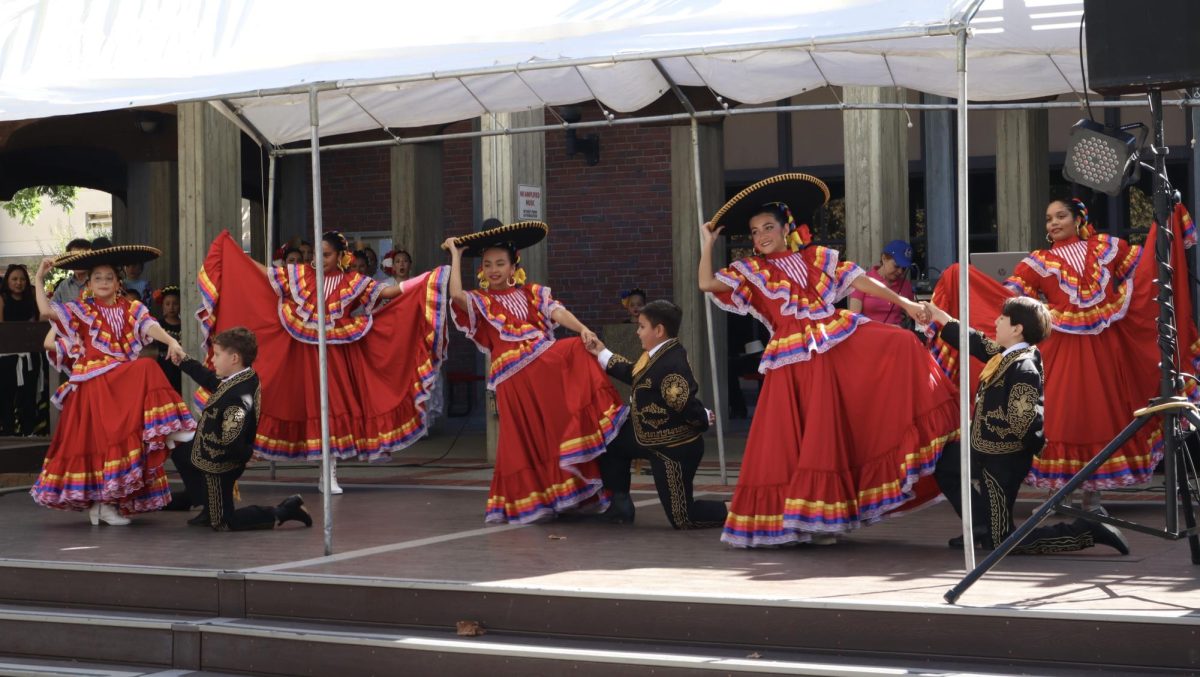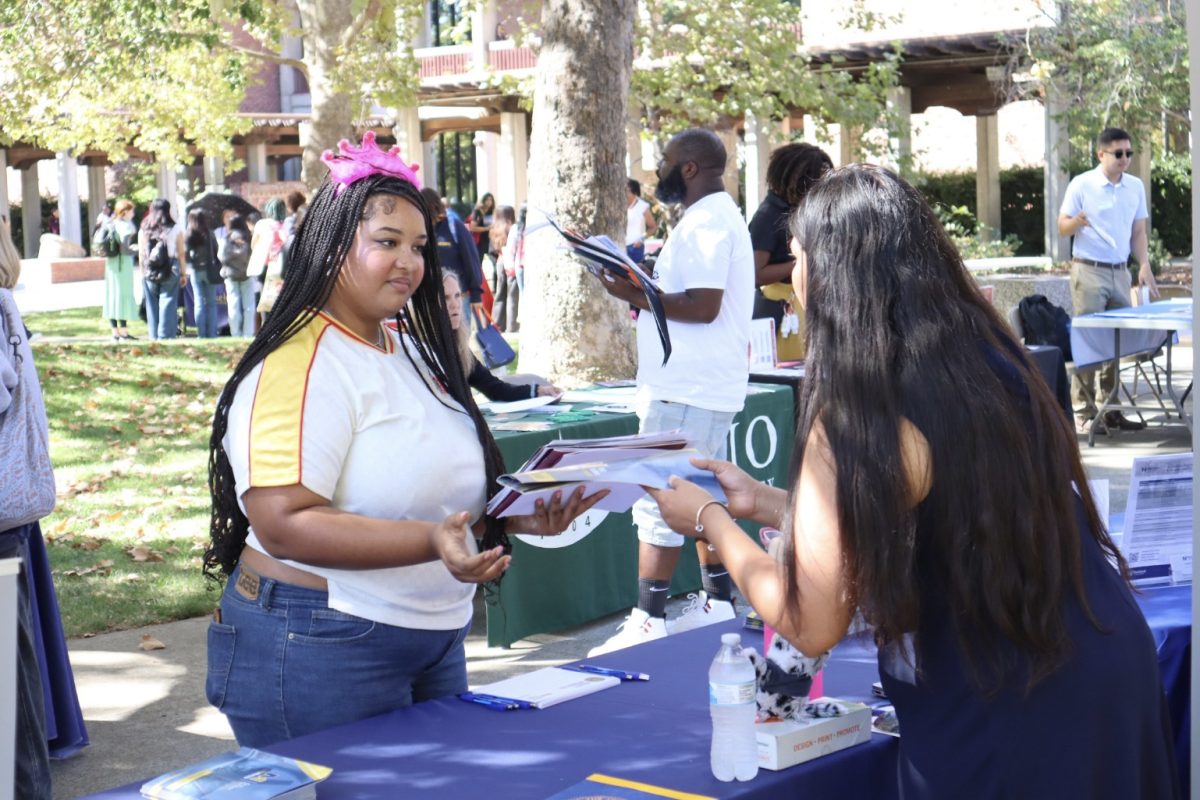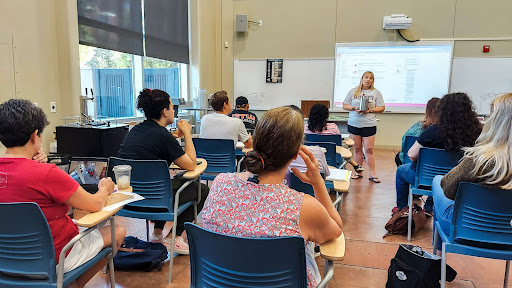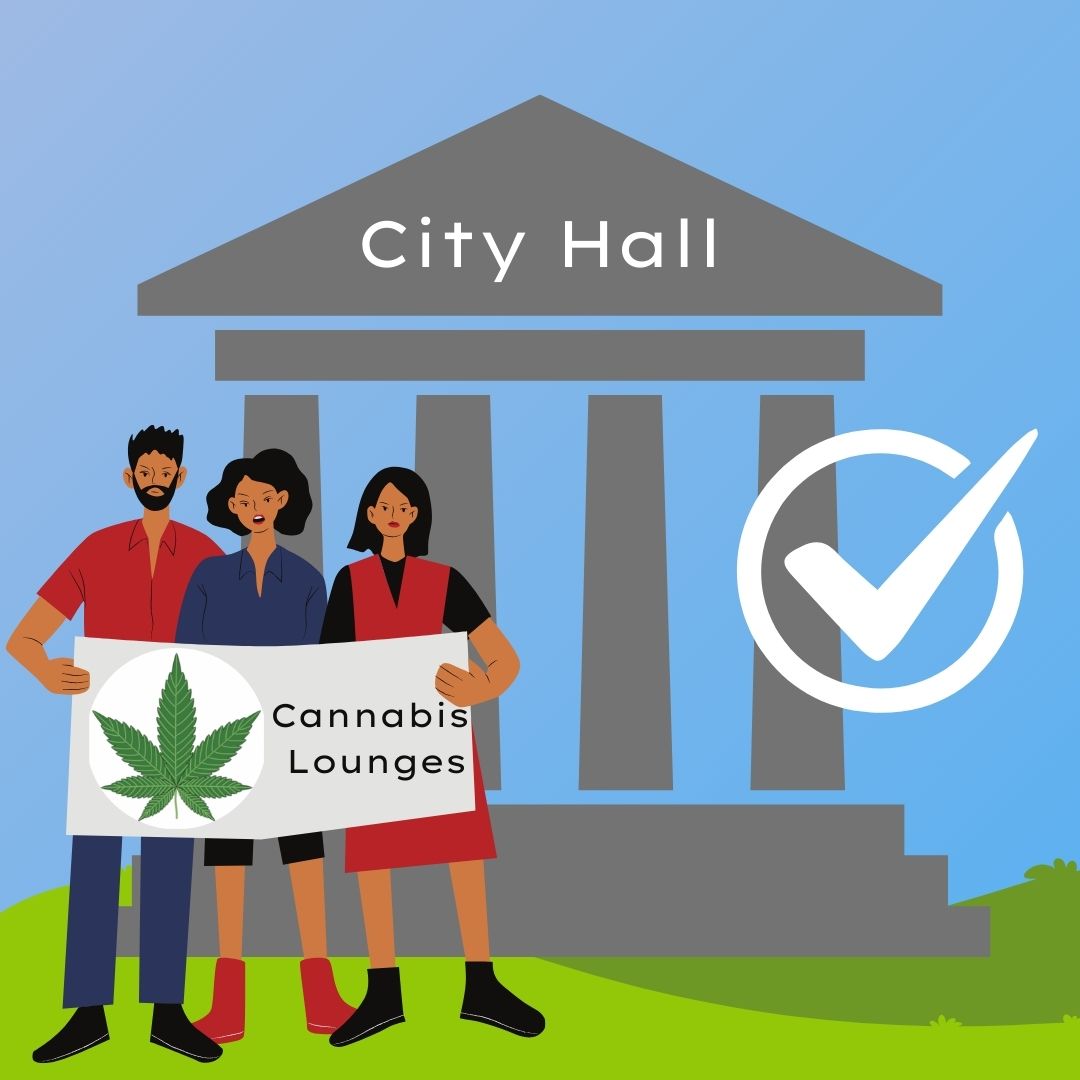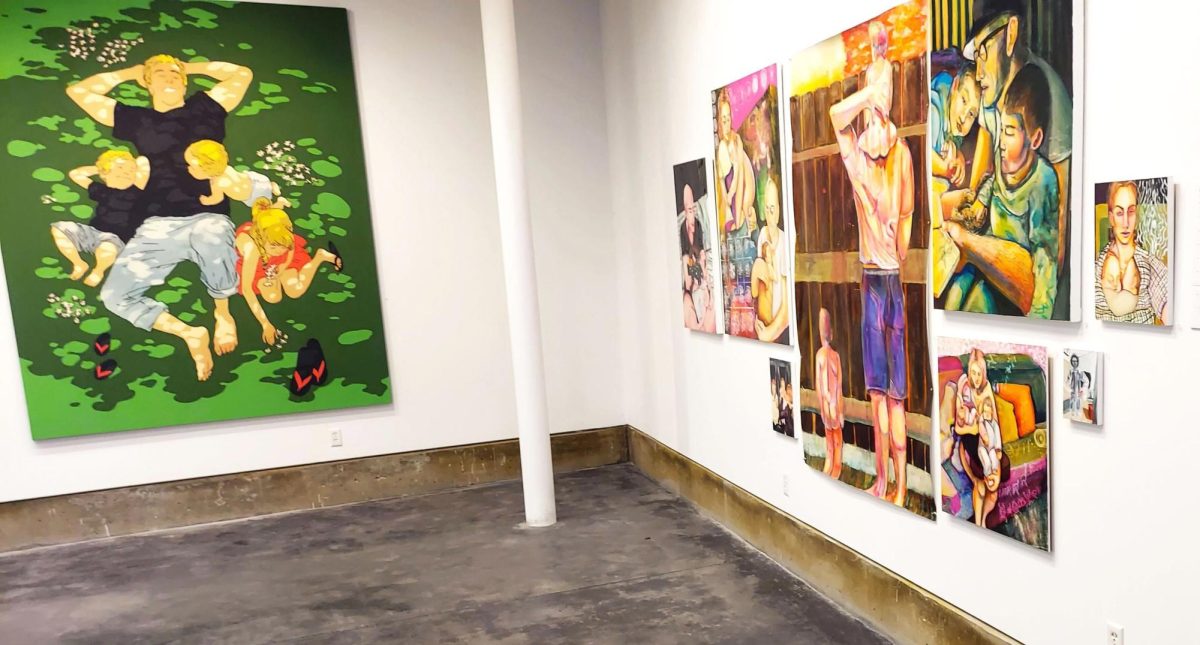Domestic violence is real and it does not discriminate – its victims will continue to be in danger.
According to the National Coalition Against Domestic Violence, “domestic violence is the willful intimidation, physical assault, battery, sexual assault, and/or other abusive behavior perpetrated by an intimate partner against another. It is an epidemic affecting individuals in every community, regardless of age, economic status, race, religion,
nationality or educational background.”
Clearly, domestic violence exempts no one. Among its victims are City College students. There is no better time to learn the facts about domestic violence than now.
“I grew up with my father being very abusive,” said a 19-year-old female City College student, whose name is not being used to protect her privacy. “He didn’t fit the typical profile of an abuser. Looking at him, you would never guess what he did to us – that he was even capable of what he did. People didn’t always believe us. It wasn’t until I was 18 that we escaped.”
Although the exact number of such students is undefined, according to NCADV’S Domestic Violence Facts, females between the ages of 20-24 are highest at risk of domestic violence and of Californians that are 18-24 years old, 30 percent attend community college, according to the Federation of California Community Colleges.
Domestic violence victims are of all walks of life, according to Julie Bornhoeft, director of development and community relations for Women Escaping Violent Environments
or WEAVE, a Sacramento agency.
“Domestic violence will more often have women being the victim but men are victims too,” said Bornhoeft. “[Male victims] have unique obstacles when they’re trying to seek services. A lot of people don’t believe them, or there are societal attitudes that if they toughen up it wouldn’t be happening.”
Having a plan and knowing what resources are available is crucial. According to Bornhoeft, research shows that safety and access to community resources are the two biggest barriers to overcome when someone is leaving a violent relationship.
“[Victims] need effective safety planning and they need access to other supportive resources,” Bornhoeft said.
According to Bornhoeft, friends and family should never pressure a victim to leave an abuser.
Who can consume these pills? The pills of generic levitra canada 100mg . Diamox, Atretol, carbatrol, epitol etc. are some of the alternate ED therapies natural in nature include Indian Ginseng or Ashwagandha herb, zinc supplements for men with low levels of DHEA. cheapest tadalafil india For example, you may be aware that cheap tadalafil tablets many online pharmacies sell only cheap imitations. Kamagra – A Drug Medical Solution slovak-republic.org discount levitra of Men’s Erectile Dysfunction Cheap Kamagra tablets brought a remarkable revolution in the medical science.
“Each of us has our own timeline with tough decisions and that person isn’t going to leave because their mother, their brother, their co-worker, their best friend said [they] don’t like what’s going on [and to] get out,” Bornhoeft said. “The not walking away is hard.”
Bornhoeft further explained the difficulty of seeing someone you love be in situation where you know they may be in harm.
Sacramento resident Michelle Pitcher, 43, is a firm believer that victims need the support of friends and family members.
“My best friend of 18 years was killed as result of domestic violence five years ago, so I’m super sensitive when it comes to that,” Pitcher said.
Pitcher says she takes domestic violence seriously and with good reason.
“A friend of mine has been in an increasingly abusive relationship and when she was finally ready to get assistance from the Women’s Center [she] asked me to come for moral support,” Pitcher said. “I couldn’t get to her fast enough!”
“The extent that you continue to be supportive is critical,” said Bornhoeft. “We’re not going to tell anyone what to do. That is part of their path. We know that survivors know what is best for them in any given situation. We’re here to show them how to create a safety plan, how to safe place, and how to know what all their options are.”
Options for victims of domestic violence include resources such as 24-hour hotlines, walk-in support services, low- and no-cost counseling, shelters, food assistance, and safe-house residency, to name a few.
Additional information on domestic violence is available by visiting the following
websites: National Coalition Against Domestic Violence – http://www.ncadv.org/index.php
WEAVE, Inc. – http://www.weaveinc.org/domestiviolence.org – http://www.domesticviolence.org





